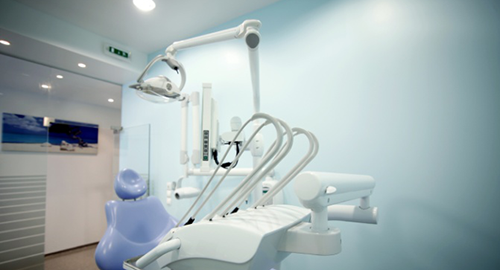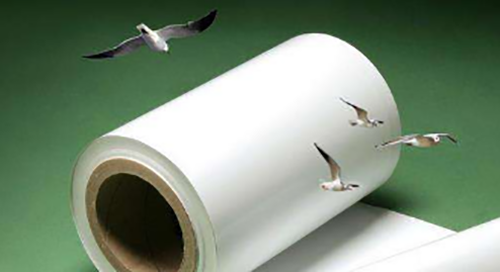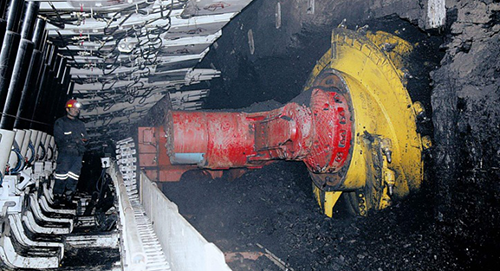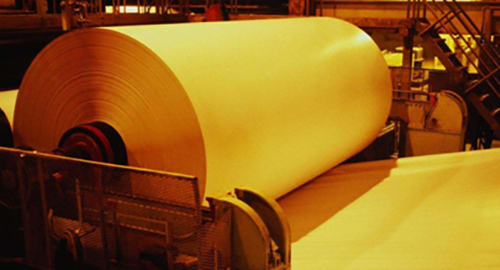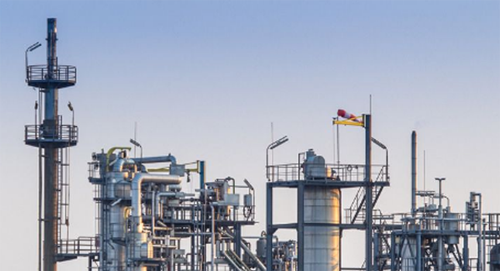Vaporization of black liquor、Slurry washing machine、Lime mud and filter、Precipitate filter、Vacuum dehydrator、Raw material and white water degassing system.
Tovac vacuum technology products can be applied to the following fields of paper industry:
1. Vaporization of black liquor
The black liquid evaporator in the pulp mill is used to concentrate the black liquid produced in the pulp cleaning process so that the liquid can be reclaimed in the recycling furnace and reused in the pulp production.
Two. Thick slurry washing machine
Before bleaching or other raw materials preparation, the coarse pulp washing machine removes Pulp Chemicals (black liquor) from the raw materials. The coarse pulp washer is a typical horizontal drum filter. A drum shaped inner cavity can produce a vacuum. When rotating drum is rotated in the raw material, vacuum can make the raw material stick to the outer surface of the drum and help remove (clean) the black liquor from the raw material.
Three, lime mud and filter
Lime slurry filter in pulp mill is used to recover lime from white water clarification. Similar to coarse pulp washing machine, lime mud filter is a typical horizontal drum filter. The inside of the drum can produce a vacuum. When rotating drum is rotated in lime mud, a lime cake is formed on the outer surface of the drum. Then scrape it off and reuse it in the process of Whitewater.
Four. Sediment filter
In the pulp mill, the sediment filter is used to filter the unburned suspended particles in the "green liquid" and to remove the debris before the full combustion of carbon particles, iron containing compounds and refractory furnace fragments. The sediment filter is a typical horizontal drum filter. Vacuum inside the drum can be used to extract particles from green liquid.
Five. Vacuum dehydrator dehydrator is used for dehydration in raw material
preparation stage to improve the concentration of raw materials. The dehydrator is a typical horizontal drum filter, which is used to dehydrate the pulp in proportion to increase the concentration of the raw material.
Six, raw material and white water degassing system
Raw materials and white water degassing system are used in raw material preparation stage to remove raw materials carrying air or air from dilute water before raw materials enter the mixing tank. Raw materials and white water degassing system are very important because the air is removed from the raw material, which can lead to pinholes on the paper and greatly affect the printing quality, mechanical properties and overall quality. The degassing system is a typical two stage vacuum system: the raw material boiling point (27-28 in. HgV) at the inlet of the first grade vacuum pump and the compression ratio of 4:1 for the inlet pressure of the two grade vacuum pump. The pre condenser is typically used between the degassing container and the first stage vacuum pump, and a small interstage separator is required between the two stage vacuum pumps. Standard materials are used in all vacuum pumps.
Seven, pulping box compressor / vacuum pump
The pulping box compressor / vacuum pump is used in the "air cushion" pulping box to produce a pressure / vacuum above the raw material level (or "raw material pool") of the pulping box, and the maximum control of the discharge speed of the raw material ("jet"). Pumps are usually used as vacuum pumps and compressors through a series of valves. Vacuum or pressure is generated in the void volume above the raw material tank to control slurry mixing.
Eight. Suction tank
The suction tank is a stationary device that dehydrated directly from the pulp on the forming section of the paper machine. The paper machine usually has 2-10 suction tanks, usually connected to a main pipe. Because the amount of dehydration is large, it is necessary to set up a pre separator between the suction box and the vacuum chamber. The liquid ring pump is used to generate vacuum in the vacuum box of the suction tank.
Nine, volt roll
Many times, the roll is the last vacuum point on the forming section. It is called the most important dehydration part of the paper machine. When the roll rolls into the press part, the drying degree of the paper affects the dewatering performance of the press part and the steam consumption of the drying part. The rollers are stationary, with rotating porous shells. The volt rolls can have 1 or 2 vacuum zones.
Ten, suction roll and transfer roller
The suction roller suck the paper from the mesh cloth on the forming step and lead it into the press part. Then, at the press part, the transfer roller transfers paper from one cloth to another. These processes are not formally dehydrated, but they can remove a small amount of water from the paper.
Eleven, vacuum press
Vacuum squeezing uses mechanical means to extract moisture from paper. At the press part, the roller with granite and hard rubber surface is closely contacted to form a "pressure zone". A typical paper machine may have 1-3 "pressure zones". When the paper is pressed through the area, the water is squeezed out and penetrated into the pressing cloth, which is used as a conveyance and a cushion for paper when the paper is pressed. During the dehydration process, there are vacuum and non vacuum rollers in the press section.
Twelve, a hair suction tank
When pressed, the pressed fabric (or "wool") has water, chemical material, paper material, soil and filler, sticky residue ("bitumen") produced in the process of paper making and a mixture of glue ("Stickiness") produced by recycled paper. Since each wool cloth is a continuous cycle, water and pollutants must be removed before the next press begins. The vacuum suction tank is a fixed suction box, which exceeds the width of the wool cloth and absorbs water and pollutants accumulated during the pressing process. Each wool cloth has two vacuum suction tanks. When vacuum suction water tank is used, it must be pre separated to prevent the carrying water from entering the vacuum pump.
Thirteen. Blowproof box
In the press section, there are some "open" pressure zones, which do not support the paper before entering the pressure zone, and the airflow may cause paper jitter, folding, or breakage. The blowout prevention box is fixed before the paper is used to generate the upstream vacuum of the pressure zone.

